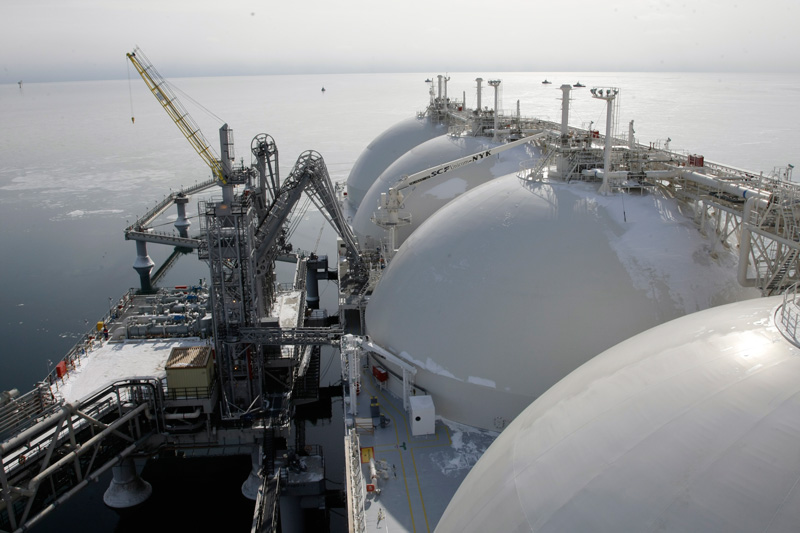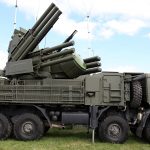
Russia Monitor is a review of the most important events related to Russian internal and external security, as well as its foreign policies.
Date: 27 January 2021
Russia Produces More Liquefied Natural Gas
In 2020, Russia’s liquefied natural gas output grew by 3.5 percent year on year. Throughout last year, the country produced 30.5 million tons of LNG, according to data from Rosstat, the Russian federal statistics agency.

In December 2020, Russia increased its liquefied natural gas output by 5.8 percent from its November levels, to 2.9 million tons, marking a 1.4 percent increase year-on-year. At the same, Russia’s natural gas production in 2020 fell by 7 percent year-on-year, to 599 billion cubic meters (bcm). In December, natural gas output grew by 5.7 percent to 59 bcm month-to-month. Despite problems faced by the whole gas sector, the rise in the LNG industry in Russia is in line with the strategy of the government. New projects may allow Russia to grab up to 25 percent of the global liquefied natural gas (LNG) market, Russia’s former energy minister and incumbent deputy prime minister said in the fall of 2020. “By 2025, the country will increase its total LNG production capacity to more than 68 million tons. Russia is seeking to capture a quarter of the global LNG market in the future, he added. Russia claims some factors facilitate its expansion in the LNG market, including its access to 20 percent of the world’s proven reserves. Another issue is linked to geography as Russia can easily send its liquefied natural gas flows to both Europe and Asia. As Russia plans to develop the Northern Sea Route project along with Arctic LNG terminals managed by both Novatek and Gazprom, Russia can ensure delivery both east- and westwards. Undoubtedly, Russian energy projects in the Arctic will be fundamental for the expansion of Russian LNG worldwide.
Support Us
If content prepared by Warsaw Institute team is useful for you, please support our actions. Donations from private persons are necessary for the continuation of our mission.
All texts published by the Warsaw Institute Foundation may be disseminated on the condition that their origin is credited. Images may not be used without permission.

















